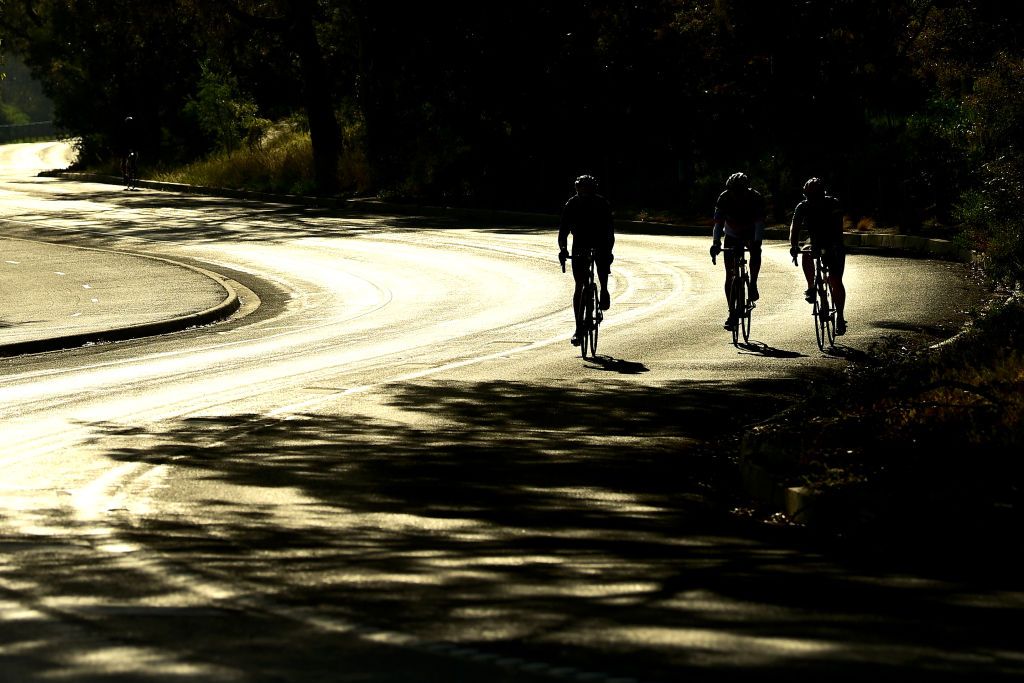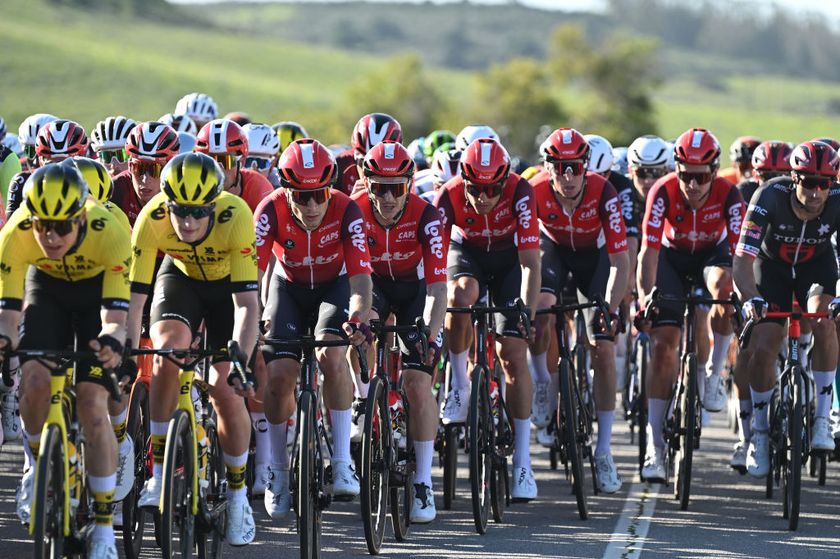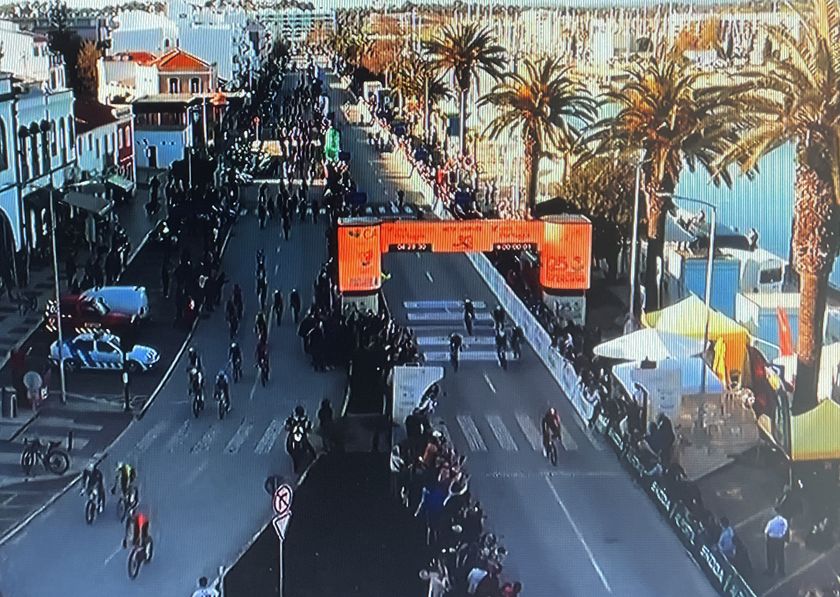Tourism keeps Australian cycling economy rolling but sales slowdown seen continuing
Report puts cycling direct output at $6.7 billion in Australia in 2022, up from $6.3 billion in 2020

Just a quick chat with the person behind the counter at your local bike shop is enough to make it pretty obvious that the sales of bikes and equipment have slowed since the period when COVID-19 pandemic sent rider numbers swelling.
However, that doesn’t mean the sector as a whole is on the wane. An Australian report this week revealed that the bounce back of cycling tourism has more than taken up the slack.
The WeRide Australia report into the Australian cycling and e-scooter economy has estimated the direct economic contribution of cycling in 2022 at $6.7 billion – in local currency – up from $6.3 billion in 2020. The biggest gain was delivered by a more than 60% increase in the amount spent on cycling tourism, which accounted for $1.9 billion.
The report, put together by Ernst and Young, also concluded that when the indirect output was added the total economic contribution of cycling in Australia could be valued at $16.9 billion. They also said there was another $738 million from e-scooters – which were also wrapped in as part of the study – and a further $954 in health and social benefits from cycling.
“The triple bottom line benefits of the sector are significant, generating thousands of jobs as well as providing health and environmental benefits, making investment in cycling and e-scooters a national imperative,” said WeRide’s Executive Officer Peter Bourke.
“Not only did the sector contribute over $18bn in economic, health and social benefits to Australia in 2022, cycling also avoided the release of 514,096 tonnes of carbon dioxide equivalent in greenhouse gas emissions and 2.2 million kilograms of air pollutants into the atmosphere across the year, with bike commuting replacing the equivalent of $3.9bn km’s of motor vehicle travel.”
The number of bikes sold fell by about 8% from 2020 to 2022, to a total of 1.6 million, though with an increase in the average cost of each bike sold to $1,128 the value of those sales actually rose over $200 million to $1.785 billion. However, cycling-related purchases plunged from $3.1 billion to $2.2 billion.
Get The Leadout Newsletter
The latest race content, interviews, features, reviews and expert buying guides, direct to your inbox!
Electric-powered bikes were the only category where sales increased, ballooning from an estimated 54,157 to 193,061, while the biggest decrease came in the children’s category, falling 23% to 363,359 bikes. The declines are also expected to continue through this year and next.
“Industry data suggests that there is an oversupply of bikes in the market in 2023,” said the report. “This oversupply suggests there may be a reduction in spend on bicycles in 2023 and 2024.”
Still the publication – which estimates that 33% of adults cycled in Australia – added that with an increasing focus on physical and mental well-being and the benefits of outdoor recreational activity, it expects it expects cycling overall to continue to grow, a process that should also be helped by a 50% increase in local and state government spending to $655 million in 2022.
"With an increase in local and state government expenditure on safe cycling infrastructure, it is expected that more Australians will take up cycling and also cycle more often," concluded the report.

Simone is a degree-qualified journalist that has accumulated decades of wide-ranging experience while working across a variety of leading media organisations. She joined Cyclingnews as a Production Editor at the start of the 2021 season and has now moved into the role of Australia Editor. Previously she worked as a freelance writer, Australian Editor at Ella CyclingTips and as a correspondent for Reuters and Bloomberg. Cycling was initially purely a leisure pursuit for Simone, who started out as a business journalist, but in 2015 her career focus also shifted to the sport.
Most Popular







